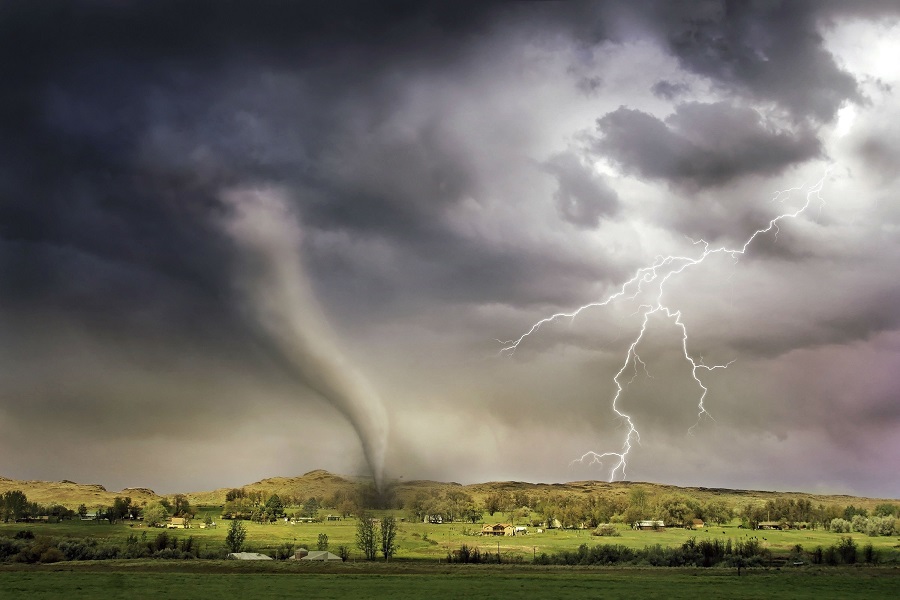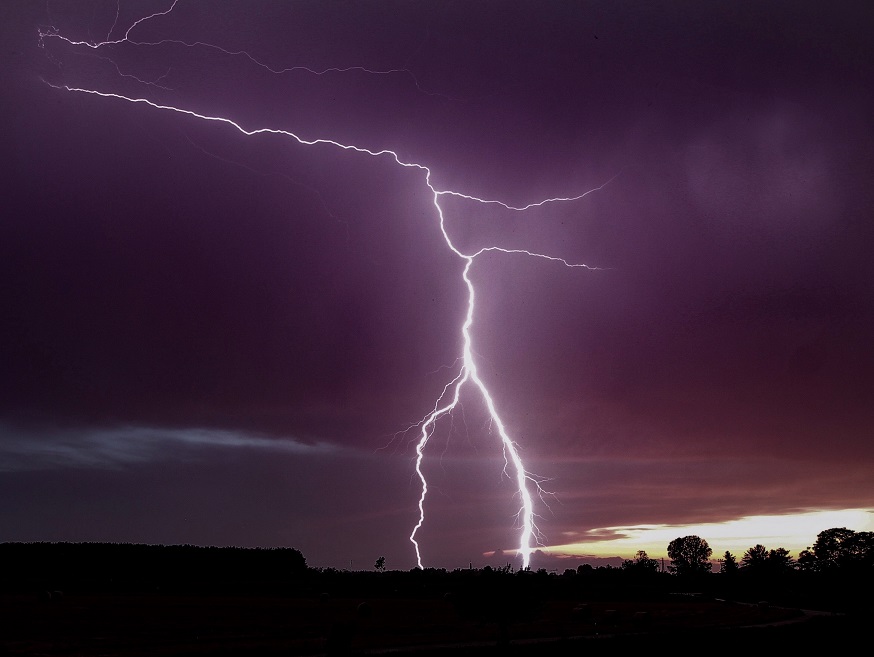Some experts believe severe midwestern storms could be the result of climate change.
A rare, EF-3 tornado touched down in the northern community of Gaylord, Michigan, late last month, and residents were ill-prepared to say the least. EF-3s come with an estimated wind speed of between 136 and 165 mph. It’s not often that tornadoes make their way to the state, especially those large enough to leave much destruction in their wake. The storm killed two people and injured more than 40, and now speculation has been circulating that a changing climate could be causing these storms.
Although three climate experts said it’s difficult to determine whether Michigan’s residents should be worried about this phenomenon, the fact that unseasonably warmer temperatures are hitting northern states could be call for concern. Warmer atmospheres increase the likelihood of tornadoes.
“We have to take tornadoes seriously in Michigan, more seriously than we used to,” said Jonathan Overpeck, dean and professor at the University of Michigan School for Environment and Sustainability. “The big message from Gaylord is even in northern Michigan, when there’s going to be severe storms, check the radio and see what NOAA is saying. Those types of storms happen pretty quickly, and the impacts can be…lasting.”

He explained further, “The atmosphere is warming, which can lead to bigger thunderstorms. That, in turn, can be causing bigger tornadoes. It also can lead to longer warm periods, which lengthens tornado season. Plus, there’s some evidence of a geographical shift: Tornadoes are more frequently occurring in more northern areas, including Michigan.”
While deadly storms have long been commonplace in areas of the U.S. like Tornado Alley, which extends across Texas, Oklahoma, and Kansas, they seem to be occurring more and more in lesser prone areas.
Perry Samson, professor of atmospheric science at the University of Michigan, said, “We’re seeing a shift to the east – more into Arkansas, Mississippi, Alabama. The frequency of tornadoes there seems to be on the rise. It is of great concern because those areas are more populated than, say, central Kansas. We are also seeing this somewhat troubling signal that when we have a tornado day, we get more tornadoes on those days. And we’ve had evidence we’ve had days with over 200 tornadoes in 24 hours.”
Given the increase in frequency, residents should surmise that climate change could be causing dangerous weather conditions and be prepared ahead of time. Gaylord uses Code Red, which is an alert that sends time-sensitive information to residents via text, instead of relying on sirens. This ensures those who do not live near the alarms have a chance to receive a warning. However, it is only beneficial for those who have phones, and many residents don’t.
Harold Brooks, senior research scientist at NOAA’s national severe storms laboratory in Oklahoma, said preparation is key, but it’s not worth living in constant fear that a tornado will hit.
“Tornadoes, in reality, are a rare event anywhere,” Brooks said. “It happens with a lot of things in human judgment—we tend to underestimate the probabilities or overestimate the probabilities of extreme events. So, a one in a several hundred-year event hit Gaylord, which may not be that bad of an estimate of the probability. It’s really hard to tell the difference between a one in 500-year event and a one in a 50-year event. They just don’t happen often.”
Sources:
Michiganders should take tornadoes more seriously after Gaylord, experts say
Large Tornado Strikes Northern Michigan Town; 2 Killed, Dozens Injured
The Midwest Tornadoes, Climate Change, And The Future Of Extreme Weather


Join the conversation!